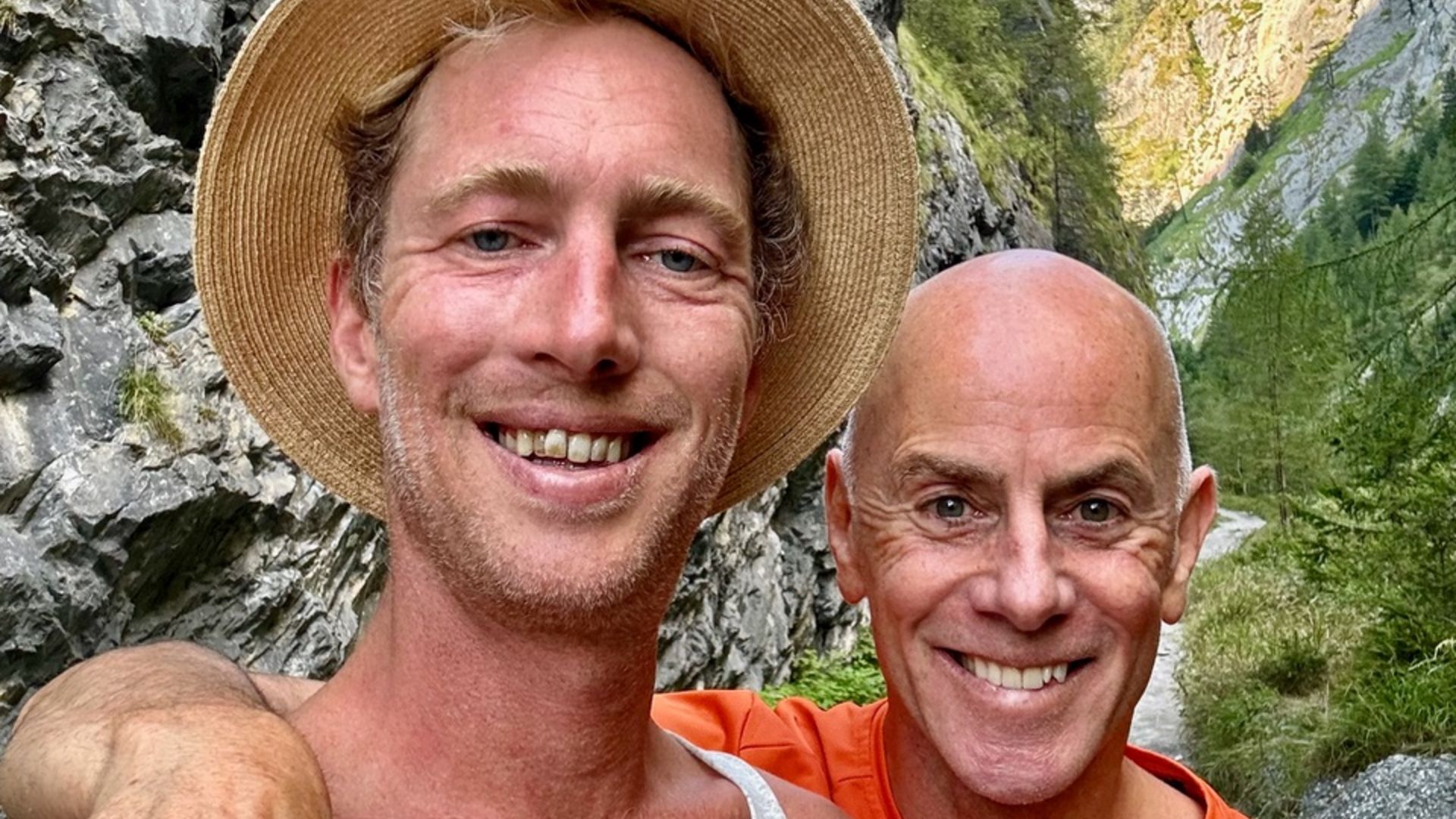
01 / 03 / 2017
Thomas Bubendorfer falls. Severe inner injuries. Six days in a coma.
In the Dolomites in Italy, when rappelling after what should have been the last ice climb of a very successful season, Thomas’ head was elsewhere; he made a simple mistake, a beginner’s mistake, and fell 12–14 meters.
It was the second bad accident since 1988. Like then, the Serrai di Sottoguda was a shady gorge, and he fell into a mountain stream that carried little water. Again, he did not stumble over a mountain, but over a mole hill, as the Chinese saying goes.
This time, it almost cost Thomas his life. He broke all his ribs, his spleen and kidney were raptured and his right foot and forefoot joint were seriously fractured, as were several processes in his neck vertebrae. He also had a severe concussion. Thomas was unconscious and drifted face down in the water for at least five minutes. When his friend Günther finally pulled him out of the water, he was sure Thomas was dead.
To this day Thomas has no recollection of the fall.
He was flown to a hospital in nearby Belluno where doctors stated that the rib fractures had punctured one half of his lung, which had collapsed. They pumped water and pebbles out of the other.
His vital functions reached a critical low point due to the fact that his lungs had more or less ceased to function. The doctors contacted colleagues from a clinic in Padua who specialized in treating extreme lung injuries. They applied ECMO (extra corporeal membrane oxygenation), a technique used in late-state treatment of patients with heart or lung failure — this literally saved his life. Though, it hung in the balance for three days. Then another question remained unanswered as to if — and how severely — the oxygen-deprivation had affected Thomas’ brain and coordinative abilities. To the doctors’ immense surprise and relief, when he woke up from the coma on Day six — not the least impairment could be detected.
After 13 days in intensive care in Padua, Thomas’ condition had improved sufficiently enough for him to be flown to Salzburg, Austria, where surgeon Prof. Thomas Freude operated on his foot and attempted to repair the complicated fractures of his talus and forefoot joint — this demanded eight separate screws.
Despite the prognosis of the Italian doctors that Thomas would have to remain in hospital at least until May, Thomas was released on March 23. By then, he was already active, though still on crutches. And, on April 4, he began to train tentatively, but purposefully, on the hand ergometer (crank arm).
The attached photo was taken of Thomas half an hour before the accident.
































































































